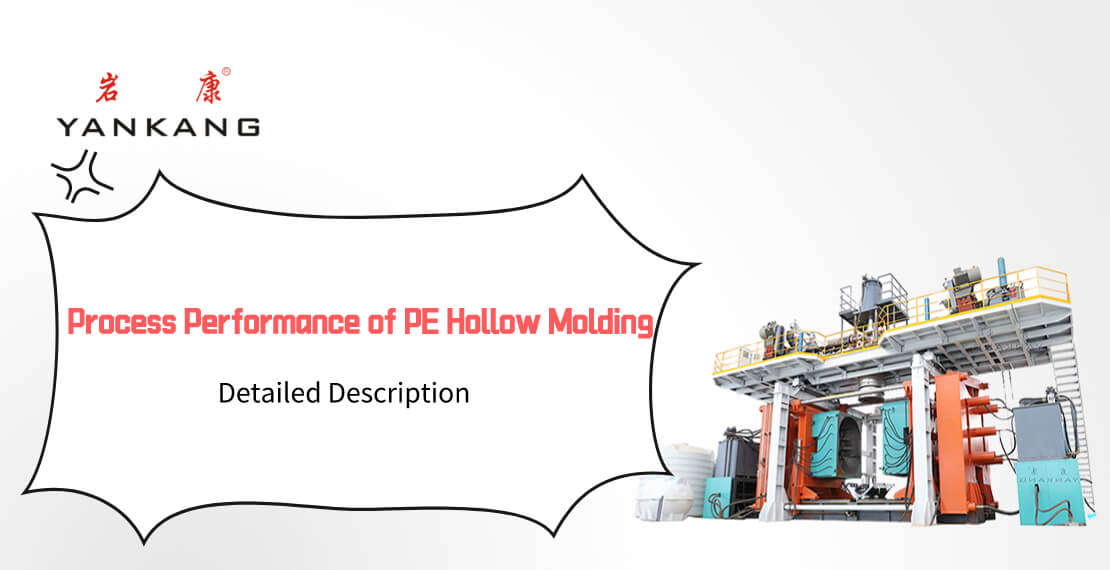The process performance of PE hollow molding is the focus of this post.
PE has good molding and processing properties and is a commonly used plastic material for hollow molding.
Its main process performance is as follows.
① Hygroscopicity
The moisture absorption of PE is extremely small, generally not exceeding 0.01%. Therefore, there is no need for drying in the molding process.
②Molecular chain
PE molecular chain has good flexibility, low melt viscosity, and good fluidity. The melt viscosity of PE decreases as the shear rate increases. When the shear rate exceeds the critical value, flow defects such as melt fracture are prone to appear.
③Melting point
The melting point of PE is not high, but the specific heat capacity is relatively large. Therefore, it still needs to consume more heat during plasticization, so the plasticizing device is required to have a larger heating power in order to improve production efficiency.
④ Molding temperature
PE has a wide molding temperature and good thermal stability. Generally, there is no obvious segmentation phenomenon below 300°C.
⑤ Crystallization ability
The crystallinity of PE is strong, and the crystallinity of the product depends on the control of the cooling rate in the molding process. The mold temperature during molding determines the cooling rate, thereby affecting the crystallization condition of the plastic part. High mold temperature, slow melt cooling, high crystallinity, and high strength.
⑥Shrinkage rate
PE has a wide range of shrinkage, large shrinkage value, and obvious directionality. The shrinkage rate of LDPE is about 1.22%, and the shrinkage rate of HDPE is about 1.5%, so it is easy to deform and warp. Mold cooling conditions have a great influence on shrinkage, so mold temperature should be controlled to maintain uniform and stable cooling.
⑦Softening temperature
The softening temperature range of PE is small, and the melt is easy to oxidize. Therefore, contact between the melt and oxygen should be avoided as much as possible in the molding process, so as not to reduce the quality of the product.
⑧PE is a chemically inert material with poor printing performance. In order to increase the bonding fastness between the ink and its surface, corona treatment or flame treatment can be carried out on the surface of the product.
The above is an introduction to the process performance of PE hollow molding.

